Getting Started With 3D Printing
3D printing stands out in the maker space as a budding topic. Though it's not any easier or more complex than many do-it-yourself (DIY) endeavors, it's often viewed as intimidating. However, 3D printing can be a rewarding, useful maker project. A maker space is arguably incomplete without a 3D printer. Looking to begin your 3D printing journey? From picking out a 3D printer to finding filament, here's how to get started with 3D printing!
What is 3D Printing?
Simply put, 3D printing is the art of generating a three-dimensional object from a digital project file. A file, typically an STL, is sent to a 3D printer. This dictates the resulting object. Then, the 3D printer created this using filament of some sort. The way that's accomplished is by using filament. What specific type of filament varies from food to plastic.
How do You Get a 3D Printable Project File and What 3D Printing Software is Available?
While the concept of 3D printing sounds easy enough, it poses a few questions. Namely, how do you get a project file? 3D models may be obtained via several methods. You can create one from scratch, use a 3D scanner, or download files from community sites.
A 3D scanner provides a complementary skill set to a 3D printer. 3D scanning records the shape of an object, which in turn may be used for reconstructing that object with a 3D printer. Alternatively, 3D modeling software offers a method for creating project files from scratch. Loads of CAD software options exist, from Tinkercad to Blender.
However, to obtain a 3D printable file, you'll need to slice it, or divide it into different horizontal layers. A slicer translates 3D model flies, typically in an STL format, into hundreds or thousands of layers. Then, code is generated for the printer to process and use for printing. You can accomplish this with slicing software which could be standalone or built into existing 3D printer software. Netfabb, for instance, boasts slicing and control functionality.
In addition to slicing software, you'll need control software. 3D printer control arrives via onboard system controls, or with an external computer, either wirelessly or via USB. Slicer software options include Cura, BFB Axon, Kisslicer, Skeinforg, SFACT slicer, and Slic3r. Control software includes ReplicatorG and Repetier-Host. Some programs like Netfabb, Autodesk 3D print, Materialise, MatterControl, and Simplify3D boast slicer and control capabilities. One of my favorite 3D printing software options is OctoPrint, an easy to use piece of software which installs on several devices including the Raspberry Pi. OctoPrint touts an impressive array of features such as remote print job management and monitoring, plugins for slicing, and more.
What 3D Printer Filament Should I Use?
If you're just foraging into the 3D printing realm, you're probably wondering what 3D printer filament you should use. there are tons of different types. PLA, or polylactic acid, is a common 3D printer filament. made from cornstarch, it's a fairly eco-friendly filament which is perfect for beginners. It's best used for applications such as toys and prototypes.
Another common 3D printable filament is ABS, or Acrylonitrile Butadiene Styrene. Compared to PLA, it's more resistant to wear and tear. Unfortunately, there's a tendency to warp when cooled, but this is superb for multi-part objects, and creating resilient objects. Nylon works well for 3D printing since it's strong. PET, or Polyethylene Terephthalate, functions as a suitable 3D printing filament, especially when printing mechanical pieces. Because of its endurance and durability, ASA, or Acrylonitrile Styrene Acrylate, is excellent for outdoor items. PolyPropylene, also known as PP, is a common and multi-functional filament.
What is the Best 3D Printer Available and What Should I Look for in a 3D Printer?
The good news is that 3D printers abound. But this extra choice may prove mystifying for many users. The Elegoo Neptune 3D printer is easily the best 3D printer under $500. Alternatively, the Anet A8 is an excellent 3D printer option.
When selecting a 3D printer, think about what you want to print. This dictates the type of filament you'll need. Other 3D printer buying considerations include noise level, community size and support, build volume, and of course cost.
3D printer buying considerations:
- Filament type
- Noise level
- Build volume
- Brand recognition
- Community
- Cost
- Self-leveling bed
- Software
- Heated bed
Where can You Find 3D Printable Projects?
For beginners, designing 3D printable files probably is a bit too advanced. As such, you'll want to find the best 3D printable projects you can download. Here at Electromaker, we have a bevy of potential projects such as a Star Wars BB8 droid and an automatic smart plant pot. Thingiverse is an excellent source. You can join Cults 3D for a variety of printable models. Yeggi provides a robust 3D printable project search engine.
- Electromaker
- Thingiverse
- Cults
- Yeggi
What 3D Printing Support is Available?
There are several means of procuring 3D printing support. For starters, you could turn to the actual company that manufactured your 3D printer. Here, you may find official support as well as community forums. Additionally, you can find 3D printing YouTube videos to elevate your 3D printing game, a well as seek out 3D printing experts on Twitter and other social media sites.
- Community forums
- Social media sites
- YouTube
What Else Will You Need for 3D Printing?
3D printing requires a bit more than a printer, filament, and software. You'll want accessories as well. Spare nozzles are incredibly helpful, and adhesive is a must. A single-board computer to run software like Octoprint on is an awesome choice too. Spare print beds are handy, plus tools such as utility knives and tweezers for making adjustments to printing projects, or finishing up print jobs.
Everything You Need to Get Started with 3D Printing: Final Thoughts
Overall, 3D printing is far easier than it may seem. Still, you'll want to arm yourself with the tools, both physical and mental, to accomplish the task. Hiccups along the journey are totally natural. My first few prints came out pretty rough, and I discovered the print bed was far from properly leveled. But these minor annoyances prove valuable educational moments. Plus, chances are you can find articles, forums, and videos for troubleshooting.
What's your best 3D printing advice?




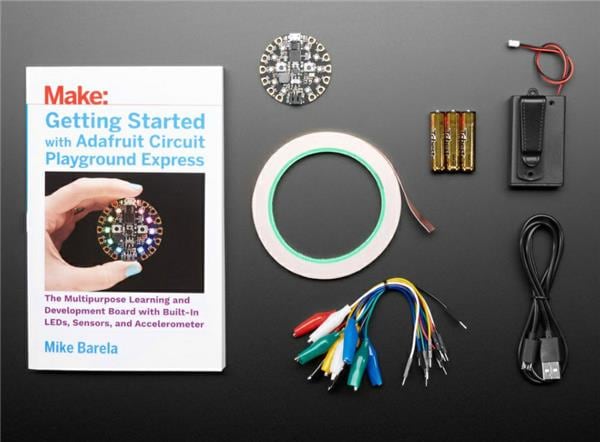
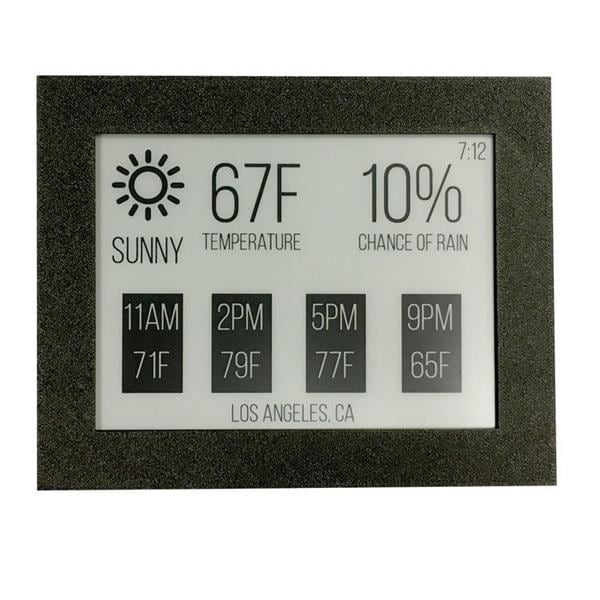
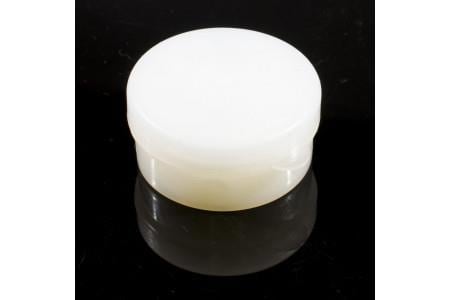
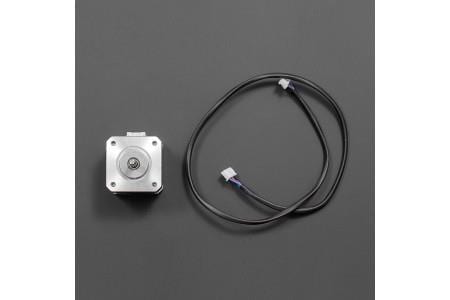



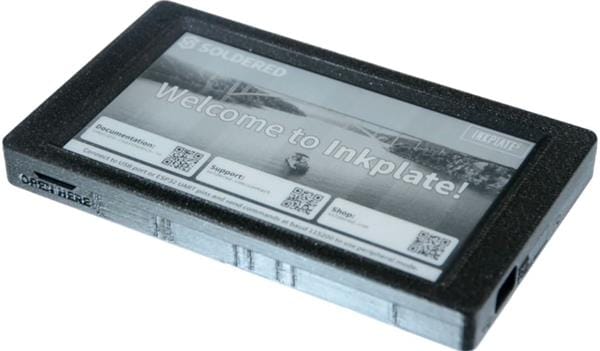

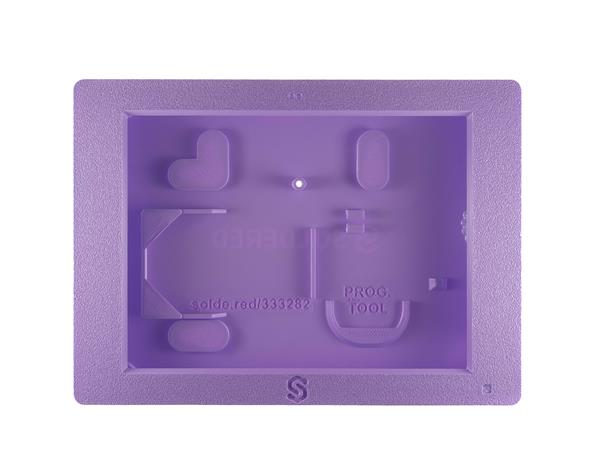




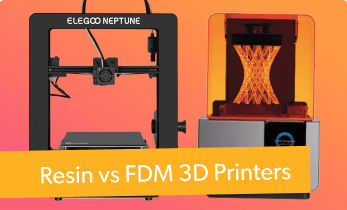

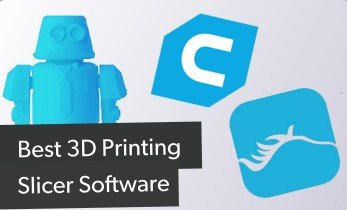

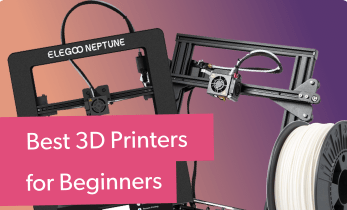


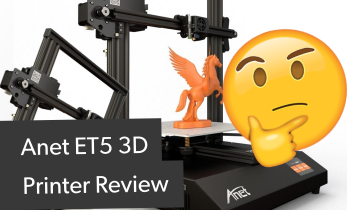
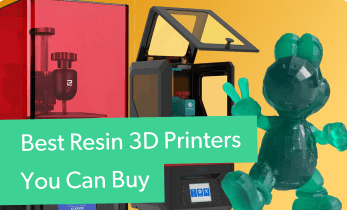

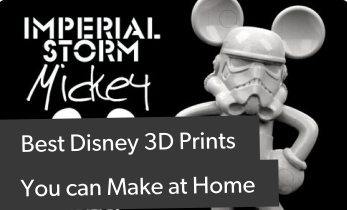
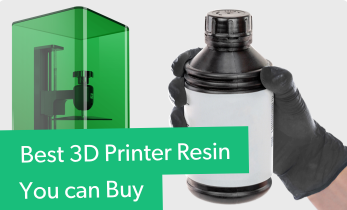
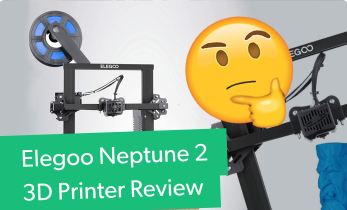

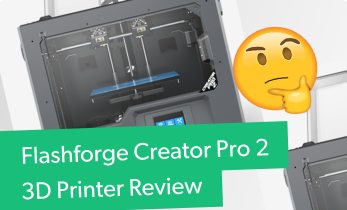

Leave your feedback...